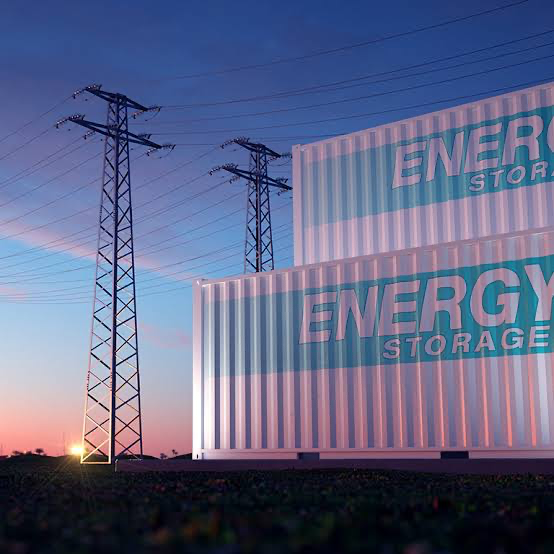KEY POINTS
- Egypt’s petroleum minister met executives from Chevron, Eni, Energean, SLB and Höegh LNG at Gastech 2025.
- Talks focused on speeding up exploration drilling, expanding LNG capacity and deploying AI-driven upstream technologies.
- Cairo aims to boost domestic supply while positioning itself as a key energy corridor to Europe.
Egypt used the Gastech 2025 conference in Milan this week to deepen ties with global energy heavyweights, with Petroleum Minister Karim Badawi meeting senior executives from Chevron, Eni, Energean, SLB and Höegh LNG in a push to accelerate exploration, boost production and expand the country’s gas infrastructure.
Badawi told executives the government is fast-tracking new drilling campaigns and stepping up cooperation with international firms to secure Egypt’s energy needs while cementing its role as a regional hub. “The importance of speeding up projects in the Mediterranean cannot be overstated,” he said during the series of bilateral talks.
Chevron, represented by Global Gas President Freeman Shaheen, reaffirmed its partnership with Egypt through upstream projects in the Mediterranean, including the Nargis and North El-Dabaa concessions. Badawi pressed for rapid development of the Nargis-2 appraisal well and exploration work at North El-Dabaa, while welcoming Chevron’s addition of the Lotus sector to its portfolio.
Technology Partnerships and LNG Expansion Take Centre Stage
Talks with SLB, led by Middle East and North Africa President Jesus Lamas, focused on deploying digital technologies such as artificial intelligence and ocean bottom node seismic surveys to improve exploration efficiency. Both sides also agreed to expand training programs for Egyptian engineers and push digital transformation across upstream operations.
Badawi also sat down with Mathios Rigas, CEO of Greece’s Energean, to review the company’s portfolio of onshore and offshore gas concessions, including Abu Qir and North East Hap’y. They pledged to speed up exploration drilling in the Western Desert and Mediterranean while optimizing output from existing fields.
LNG supply security was high on the agenda in talks with Morten Høegh and Erik Nyheim of Norway’s Höegh LNG. Egypt currently uses the Höegh Galleon regasification unit at Ain Sokhna and plans to replace it with the Höegh Gandria in early 2026, which will expand peak regasification capacity to 1 billion cubic feet per day. Both sides also discussed potential cooperation in clean energy projects and workforce training.
Eni CEO Claudio Descalzi joined Badawi to review the Zohr gas field, the largest in the Mediterranean, and explore ways to integrate Cyprus’s Cronos field into Egypt’s infrastructure via pipeline. Egypt recently brought the Zohr-6 well into production, adding 65 million cubic feet per day, with more development wells in progress this fiscal year.
The government’s outreach underscores its dual priorities: increasing output from existing assets while drawing in new foreign investment. With energy demand rising at home and Europe seeking alternatives to Russian gas, Egypt is positioning itself as both supplier and transit hub.



